7 Avoidable Tattoo Side Effects
28 April, 2022Just so we’re all on the same page – a tattoo is going to behave like a wound because it is a wound. We want you to have realistic expectations about the healing process.
We are going to talk you through probable, possible, and avoidable side effects. Let's minimize the probable, thwart the possible, and avoid the avoidable!
Note: Everyone heals differently. You’re unique, remember that.
#1: Infection — Totally Avoidable
A tattoo isn’t just a forever stamp on the skin. Tattoos can be painful because you are actually creating injury in the skin — repeatedly. Every time the needle pokes you, that’s a wound! Add it up to a full tattoo and you’ve got a nice wound you’ll need to heal. Hence the importance we place on following good aftercare instructions.
Tattoo Aftercare Makes All the Difference
If you fail to take care of your tattoo or something icky accidentally enters the open wound, you could be vulnerable to infection. It could be mild with some swelling and discharge that can be taken care of by washing the wound and using an antibiotic gel. On the other hand, if you aren’t keeping a watchful eye, it could get more serious and end up impacting the final look of your tattoo.
The TLDR; your tattoo is an open wound, and you should treat it that way. Wash it thrice a day the first two weeks, and make sure to keep it moisturized, calm, and able to breathe with the right moisturizer for the right stage of life (hint hint: Mad Rabbit Soothing Gel).
Infection is avoidable. You can take a look at our ultimate tattoo aftercare guide here on how best to avoid any mishaps and make sure that wound transforms into the art you sat for.
Clean Equipment Matters, Too
Make sure your artist is using non toxic ink, and sanitized and medical grade tattoo needles. Ask about what kind of protection they use for your tattoo when it’s done. Do they cover it with a Tegaderm or plastic wrap? What kind of product do they put on your tattoo to keep it clean and moisturized?
#2: Allergic Reaction — (Mostly) Avoidable
Allergic reactions to tattoos are possible, but generally avoidable if you know what you are allergic to. Typically, reactions happen in response to colored ink, mainly red ink. The safest ink is typically black ink.
Sometimes these reactions occur months or years later when the person develops an allergy to the pigments in a tattoo they already have. This is not common though — most reactions occur during or right after your tattoo.
The best way to avoid this is to have a chat with your artist about what ink they use and how the color is formed in them. Check to see if they can use hypoallergenic ink or an ink that is made for sensitive skin if you’re worried.
#3: Scarring — (Mostly) Avoidable
Remember how we said everyone heals differently? Some people are more prone to scarring than others. You probably know how your own skin heals unless you’ve lived in a bubble your whole life.
When you get a cut or injury, how well does it heal? Do you usually have a scar to show? Some people even experience extreme scarring like keloid scars, which are raised scars that stand out a bit more than regular scars.
It can also depend on where you get the tattoo. Some parts of the body are more scar-prone than others.
It’s possible to minimize scarring by taking great care of your tattoo after getting it, but depending on your skin type and genetics, you might experience some scarring, though this isn’t too common.
Don’t forget point #1, either. We say scarring is mostly avoidable because scarring caused by improper care is totally avoidable — it’s the genetic predisposition to scarring that you can’t quite get away from.
#4: Skin Cancer Concealing — (Kind of) Preventable
Thinking of getting a big chest piece? Back piece? Well, getting any kind of tattoo that covers an area of your body that is exposed to the sun runs the risk of concealing possible skin cancer.
It’s more likely to happen with bigger, darker pieces because you can’t see your skin as well because it makes it harder to notice changes in moles or discoloration that could indicate skin cancer.
It’s not a bad idea to take a picture of your skin before getting a tattoo, right after it heals, and keeping track of it if you know you’re bad about being in the soon. This is the way dermatologists track other, non-tattooed areas of your body – you just have to be extra diligent if you have tattoos.
The best way to avoid hidden skin cancer spots in your tattoos? Protect your skin in the first place! You should use sunscreen anytime and everytime you expose your skin to the daylight — aim for an SPF of at least 30 (which is exactly what’s in our Tattoo Sunscreen!) to keep your skin protected from sun damage .
#5: White Ink Turning Yellow — Avoidable
White ink tattoos are super chic and can be a great way to get a tattoo without it being too visible. You know what can ruin that? Your white tattoo turning yellow.
This change of color is caused by exposure to sunlight, which is unavoidable if you live on Earth. Darn.
Good thing you know about our SPF 30 Tattoo Sunscreen already. If you have a white ink tattoo, make sure you are taking extra care and lathering it up with our 100% mineral-based sunscreen every time you’re experiencing sun exposure.
#6: Peeling — Not Really Avoidable, But Not a Bad Thing Either
When your tattoo peels (yes, your tattoo will peel), it’s usually perfectly normal, and a good sign that the healing process is going smoothly.
Peeling of the skin will happen around the 2nd week after getting a tattoo. The scabbing starts flaking off, and it even looks like you are actually losing some of your tattoo ink. What’s actually happening is the excess ink is coming off. Don’t worry, the ink that’s supposed to stay is in the lower levels of the skin and shouldn’t be coming out.
What we don’t want you doing when you’re in the peeling stage of the healing process is to start picking! The soothing gel we mentioned earlier can help calm your skin and reduce some of the irritation you’ll feel during this stage.
#7: Fading — Partially Avoidable, Partially Inevitable
Okay, this one is possible and probable. Some reasons behind fading happens are more avoidable than others. Here’s the lowdown.
Poor Aftercare (Avoidable)
Aftercare and long-term care will play a role in how your tattoo holds up over time. Incorrect healing could cause immediate fading in your tattoo. Keep your tattoo moisturized and clean to avoid any fading during the healing stage — our Daily Lotion works to moisturize skin and retain that moisture, ink or not.
Inexperienced Artists (Avoidable)
Picking a professional and trusted artist is also an important deterrent to fading. If a tattoo is done improperly, the ink could fade. The artist needs to be skilled at placing the ink in the correct layer of the skin and using trusted ink in the first place.
Weight Gain (Preventable)
Depending on your tattoo placement and how much weight you gain, your tattoo could be at risk of getting stretched out and losing some clarity. This could also happen if you are shedding pounds.
Really, you would have to be adding or shedding some serious weight (and rapidly) to see this happen, though.
Sun Exposure (Preventable)
The sun giveth and taketh. UV rays cause your body to generate white blood cells, which like to disperse the ink in your skin. Ink dispersed = faded tattoo.
Sun exposure can cause sunburn, skin cancer, and tattoo fading. Let's protect you from all of these with mineral-based sunscreen. Protects from both UVA and UVB, and is reef-friendly? What a combo — you can protect the planet while you protect yourself.
Aging (Inevitable)
Skin wrinkles and sags as we all get older. Can’t stop the clock. And, your tattoos grow with you. Some of you have amazing genetics and will look 28 until you’re 68, but others aren’t so lucky. It’s a genetics game.
Some preventative care and a good chunk of change can slow it down a bit, but at the end of the day, we are all a day older!
We can’t offer you a pill or cream for aging, but we’ve got something that’ll keep your ink sparkling while you age. Check out our Tattoo Balm to keep those tattoos looking fresh. It’s full of creamy, skin-happy goodness (shea butter, cocoa butter, sweet almond oil, the works) and comes in three different delicious scents.
Friction (Inevitable)
Rubbing and scrubbing! Where there’s friction, there’s fading. Think about it — where are your tattoos? Tattoos that are on your hands, elbows, arms, and lower legs are going to be subject to more friction in life, and therefore may experience some fading.
If you want to learn more, we wrote about tattoos and fading here.
The Bottom Line
Treat your tattoos like they are a valuable piece of art on display in your home… because they are! A little extra TLC now will keep your tattoo and you happy, and with the right tattoo aftercare products, a lot of these side effects are mostly avoidable!
Good luck, friend!
SOURCES:
Severe Adverse Events Related to Tattooing: An Retrospective Analysis of 11 Years - PMC
Identification of Pigments Related to Allergic Tattoo Reactions in 104 Human Skin Biopsies - PMC
Tattoos & Permanent Makeup: Fact Sheet | FDA
Explore Hypoallergenic Tattoo Ink That's Safe for Allergies | Hypoallergenic Homes
Try risk-free & save with the Essential Sets
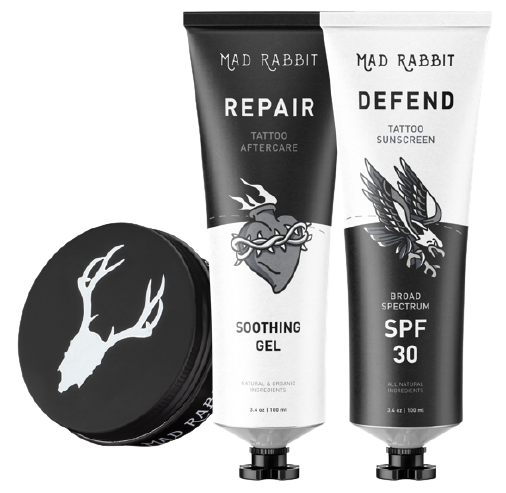
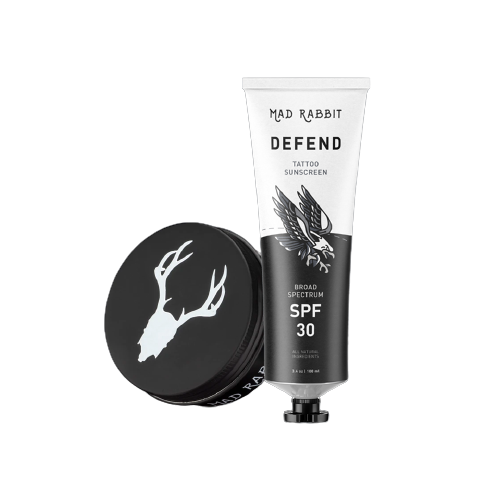
Daily Defense Set
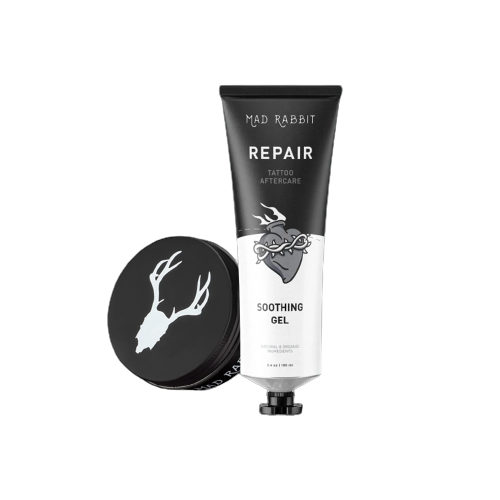


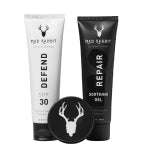
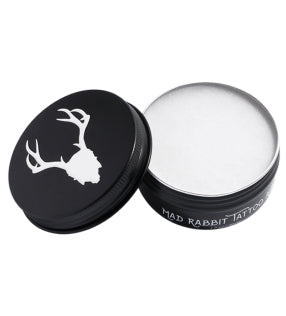
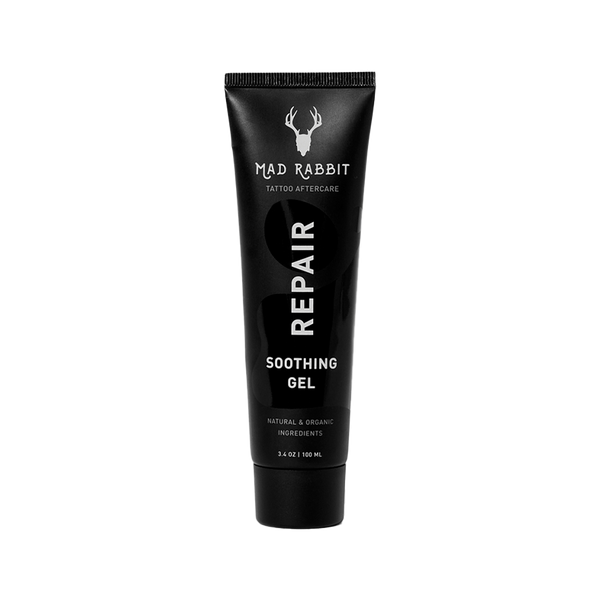

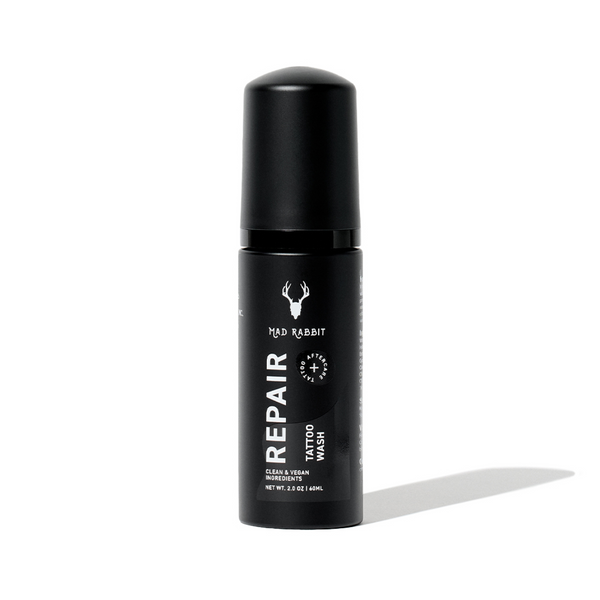
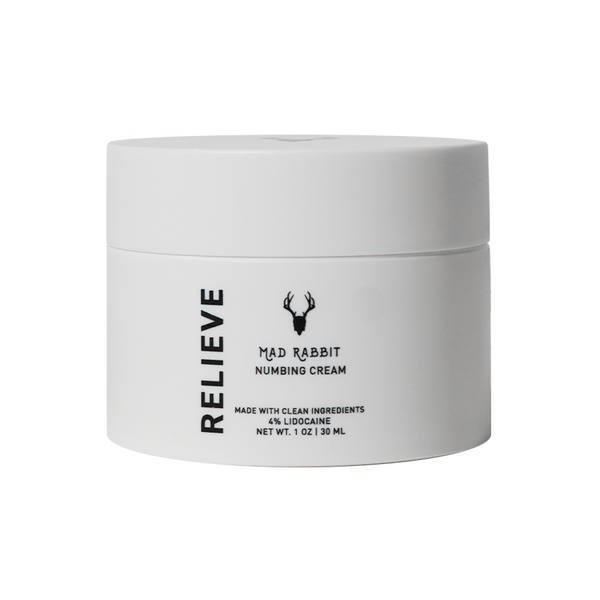
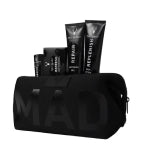
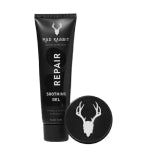
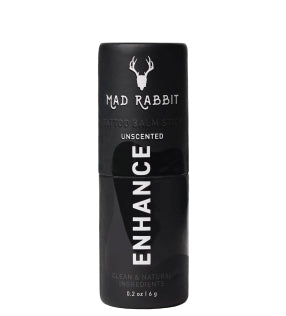
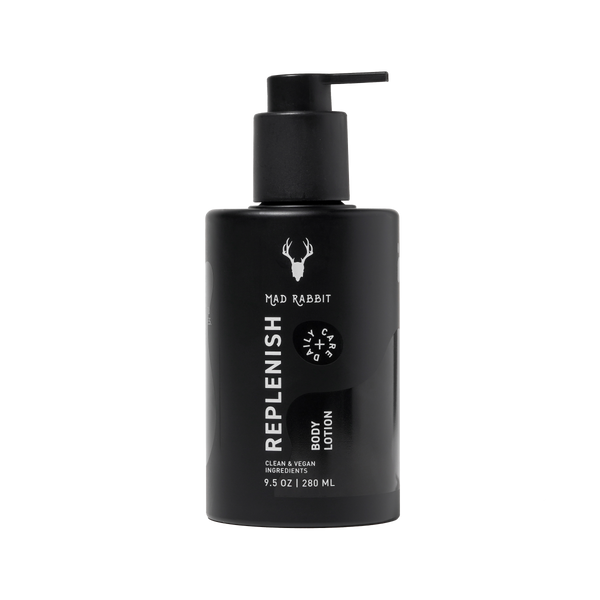
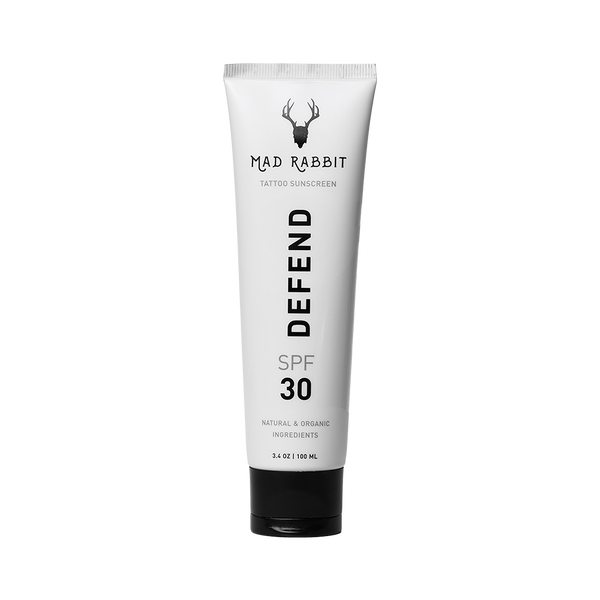
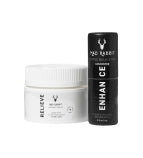
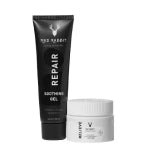
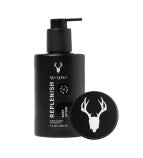
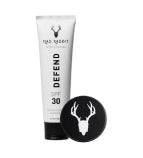
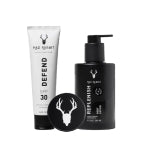

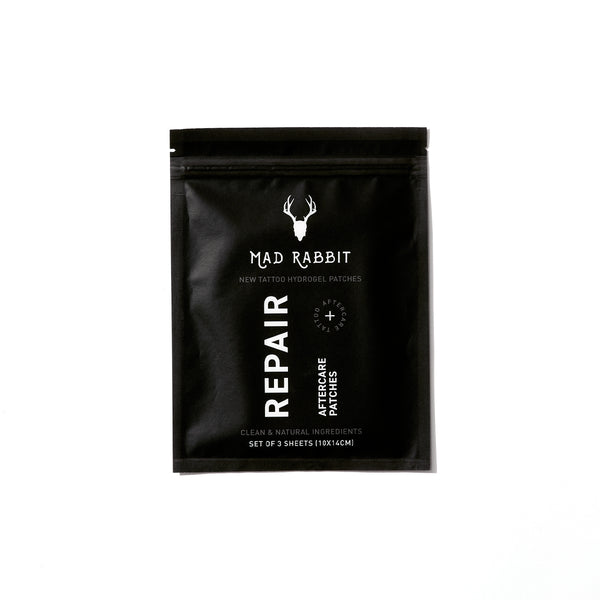
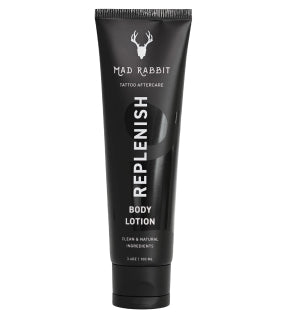
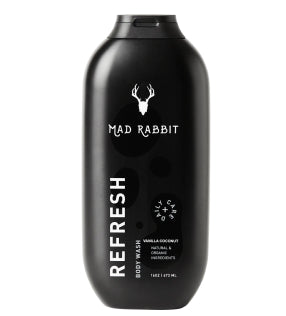

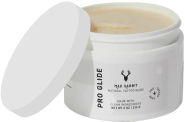



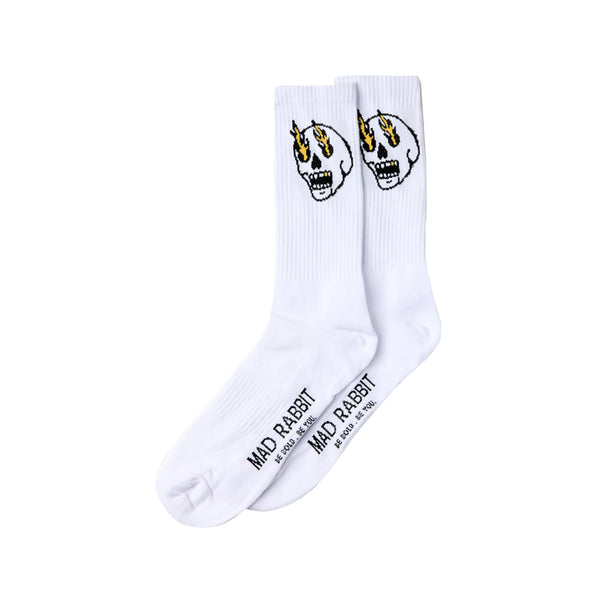


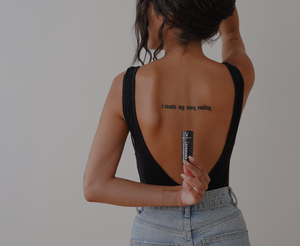
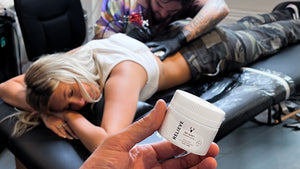

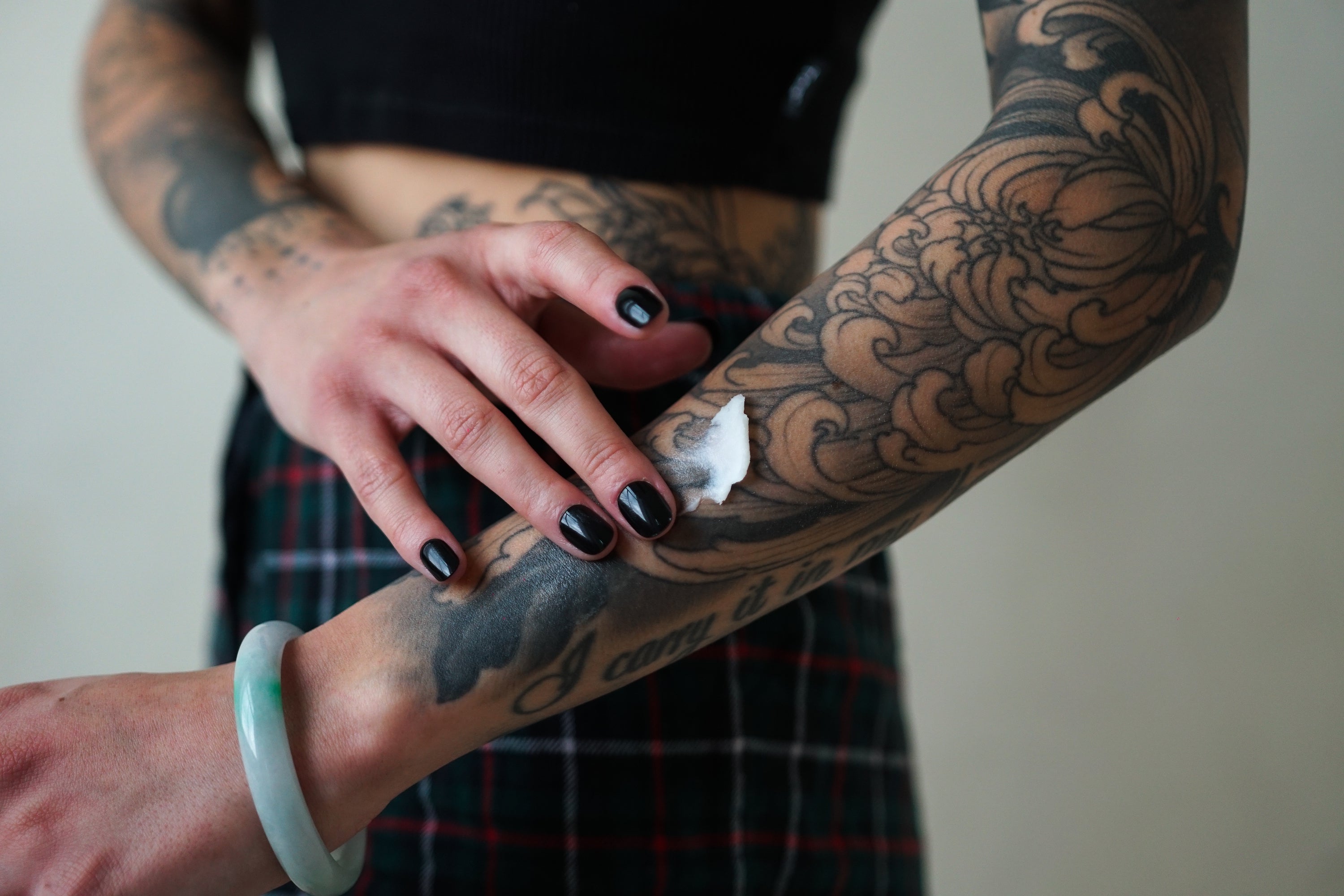
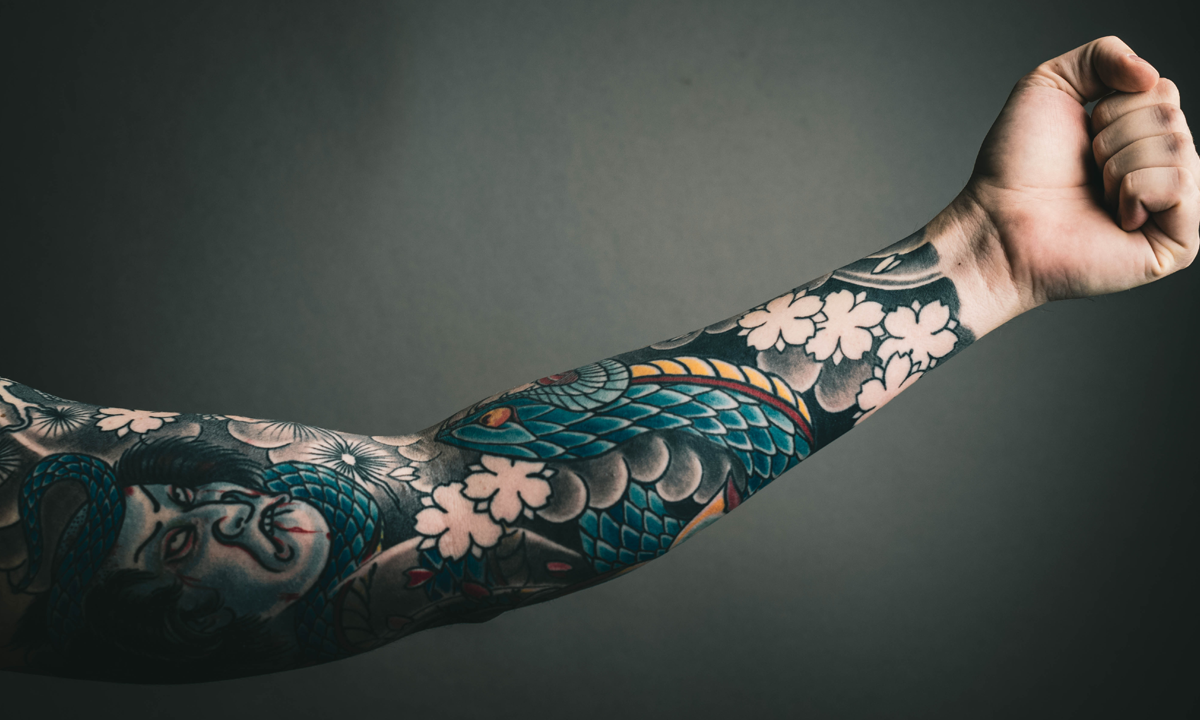
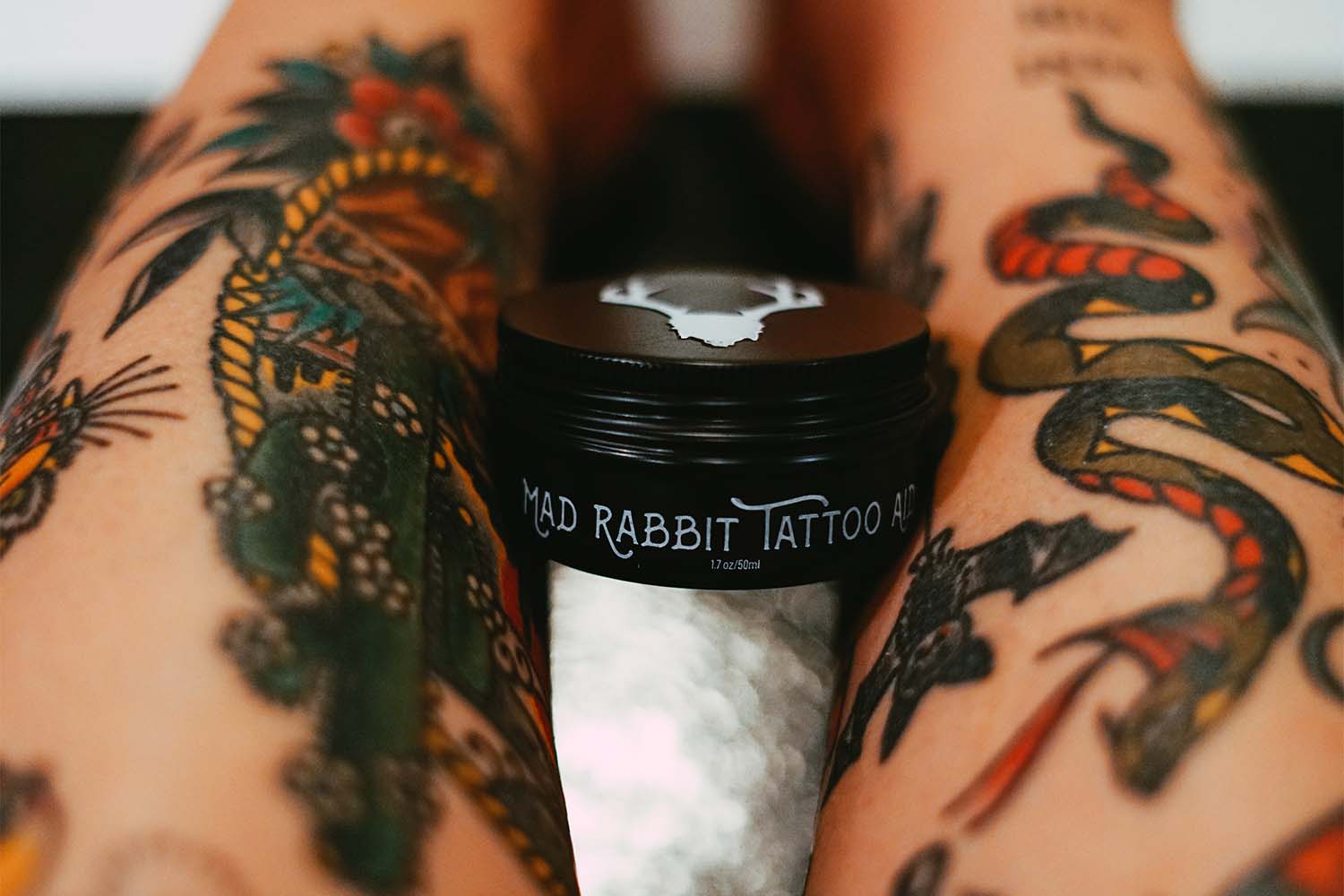
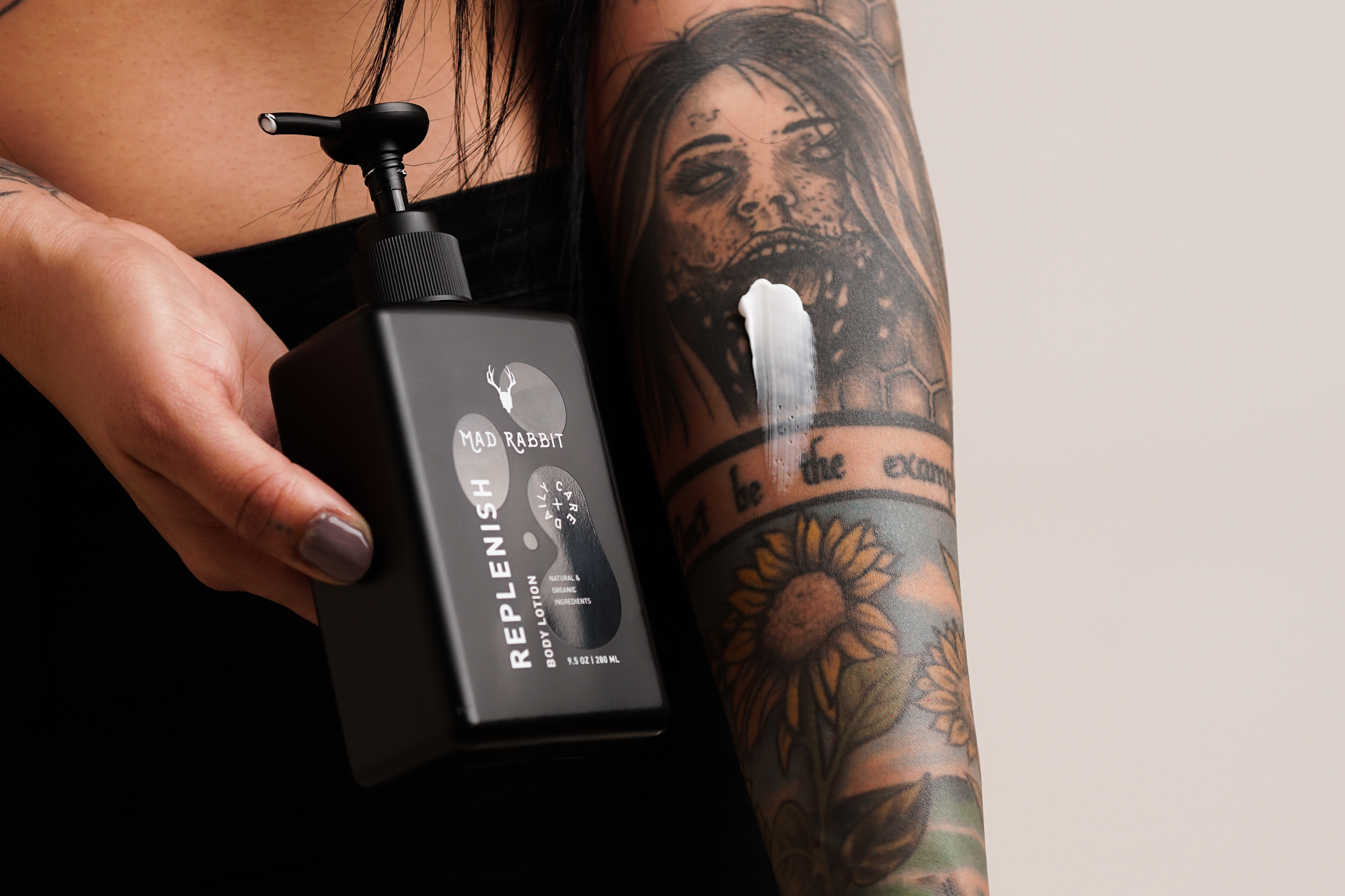
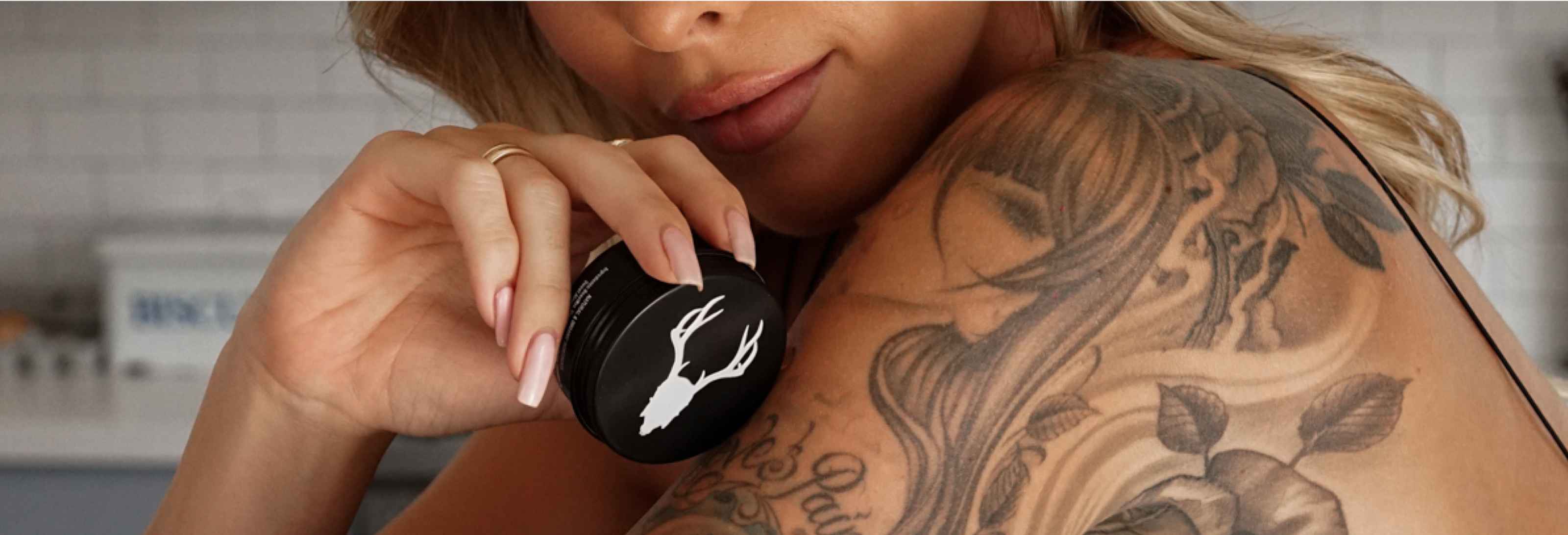
Join the discussion